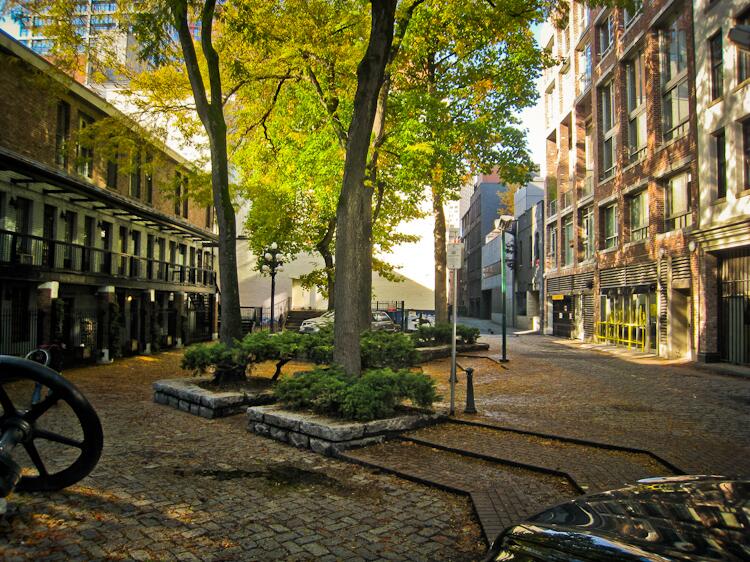
07:30 PM - 09:00 PM
About the event
Tuesday, September 19th: Shaughnessy’s Backstory
A century ago, Shaughnessy Heights was Western Canada’s premier residential address, an exclusive single-family area that wanted to separate from Vancouver in order to ensure control over its future but settled for provincial legislation to keep out unwanted types of buildings and people. This lecture traces the challenges residents faced, resisting shops, schools, churches and frat houses as the economy seesawed between boom, bust, and wartime housing shortages. Innovative zoning changes in the 1980s allowed some of the mansions to convert to strata and infill their grounds in return for heritage conservation, but a wave of wealthy buyers in the 21st century wanted new, single-family homes – essentially taking the neighbourhood back to its roots a century earlier and prompting the City to establish its first Heritage Conservation Area there in 2016. Author Michael Kluckner explores the question of whether property rights is the true heritage of the area for its owners, trumping the heritage architecture and landscaping that give the area its value to the rest of the city.
Tuesday, October 24th: What a Mess: False Creek, the Industrial Waterway
It’s hard to imagine from today’s perspective that False Creek was once the centre of industrial activity for the city. From the beginning of non-native settlement the waterway became the home to sawmills, shipyards and other heavy industry. This emerging industry destroyed the fishery and displaced the seasonal and permanent settlements along the shoreline that had sustained local First Nations for centuries. This talk with author and historian, John Atkin, will explore that history of industrial development and the Creek’s more recent transformation.
Tuesday, November 7th: Kitsilano Indian Reserve: Contact to Today
Allotted by the colony of British Columbia in the 1860s and expanded in 1876 after the colony joined Canada, the Squamish Indian Reserve Kitsilano No. 6 amounted to 80 acres at the mouth to False Creek. It included the age-old Coast Salish village site of Sen̓áḵw. In 2002, a unanimous five-judge panel of the British Columbia Court of Appeal upheld a trial court decision that approximately 10.5 acres of the former Kitsilano reserve, which had since disappeared from the maps of the region, should again be Indian reserve. With the decision, the reserve reappeared in the heart of Vancouver. What happened to it between 1876 and 2002? How did it disappear? And what about the other 70 acres, most of which are now Vanier Park, the Molson Brewery site, city streets, or office and apartment buildings? This talk by Douglas Harris, the Nathan T. Nemetz Chair in Legal History at UBC, explores the history of the Kitsilano Indian Reserve and the changing legal framework that surrounds what might come next on this important parcel of land.
Location: University Women’s Club at Hycroft
49.257071, -123.136816
University Women’s Club at Hycroft
1489 McRae Ave
Vancouver, BC
Canada